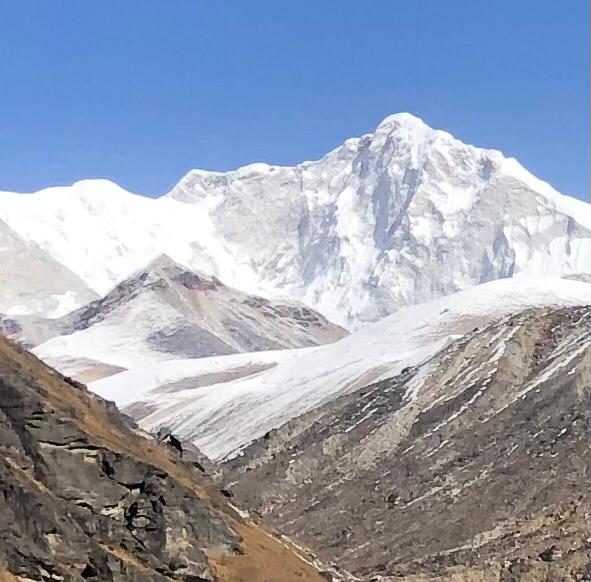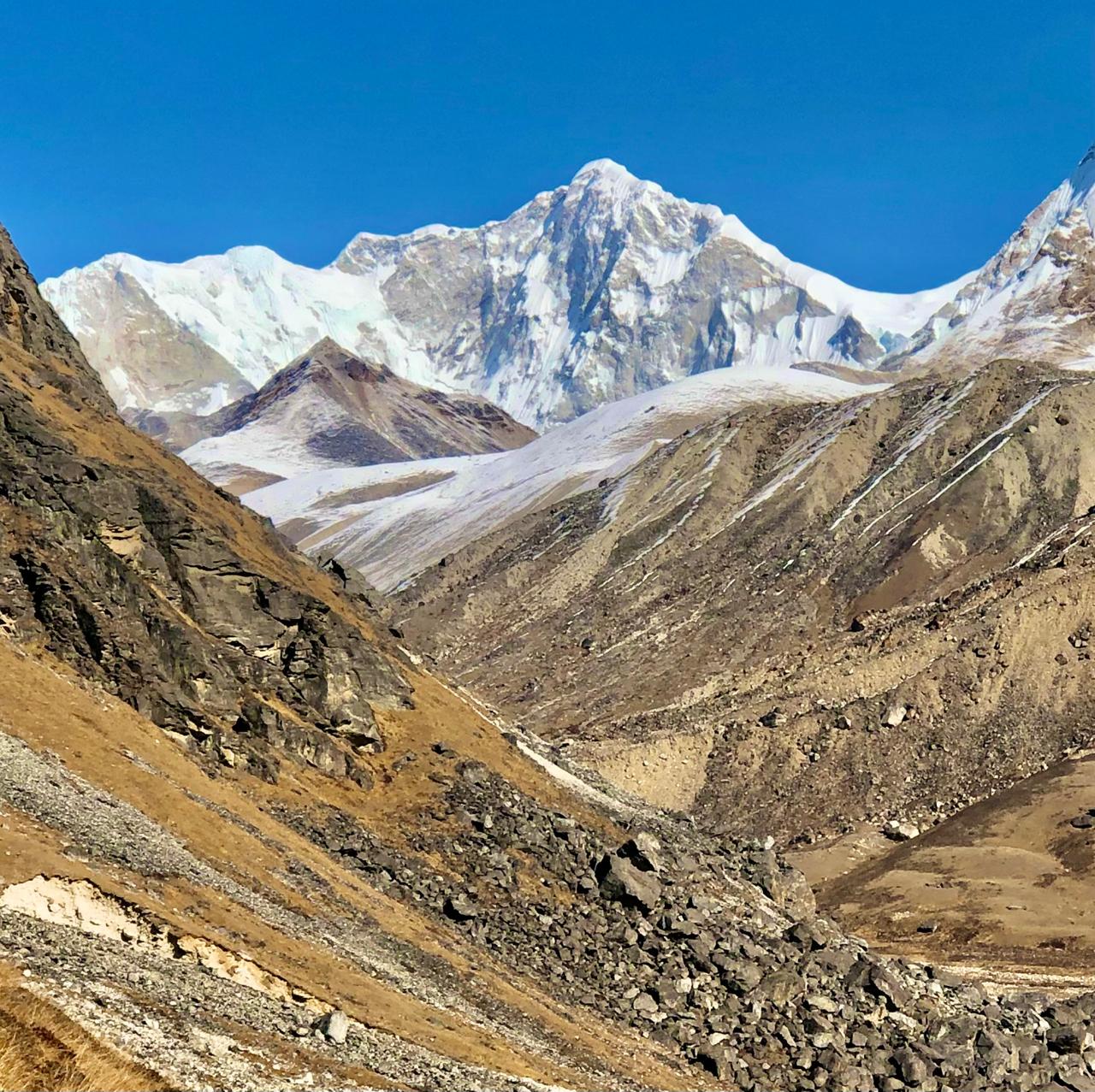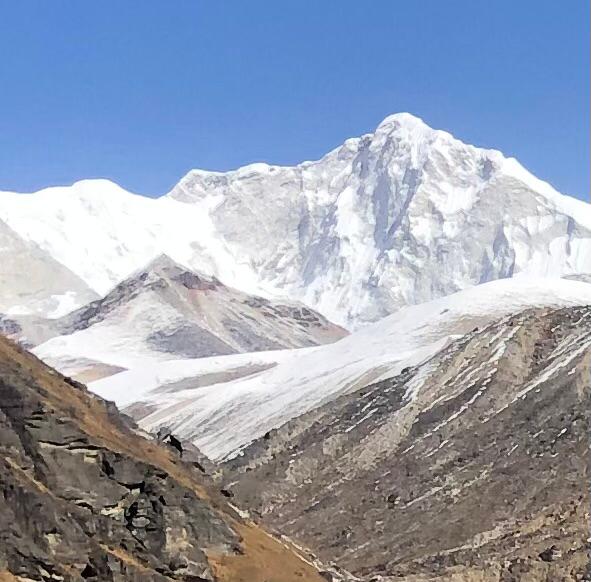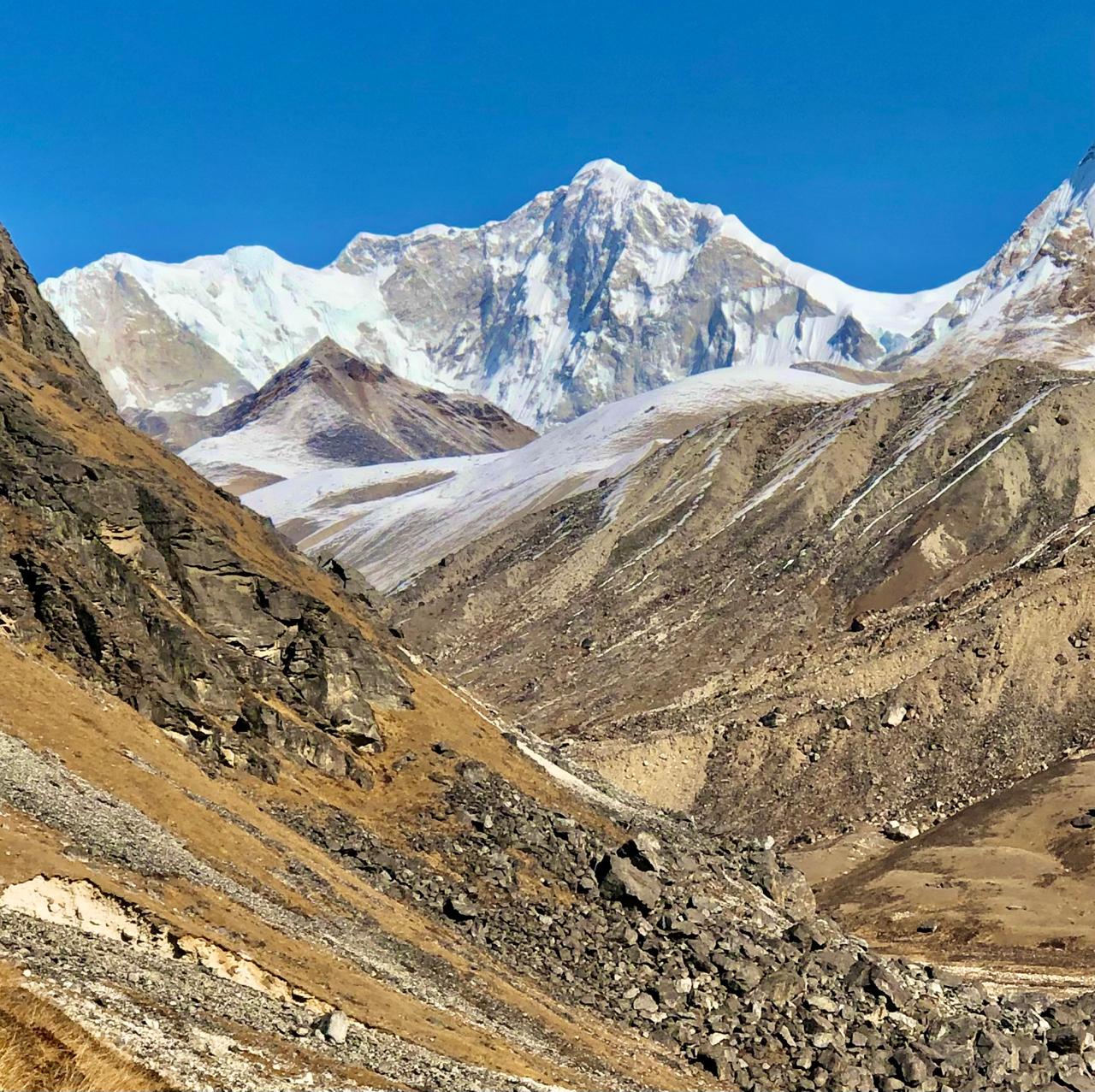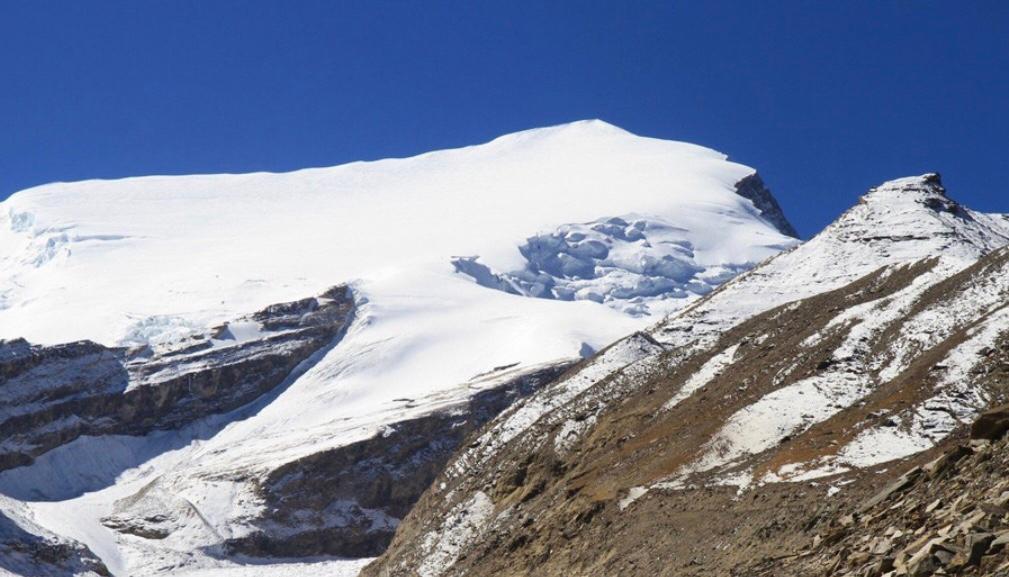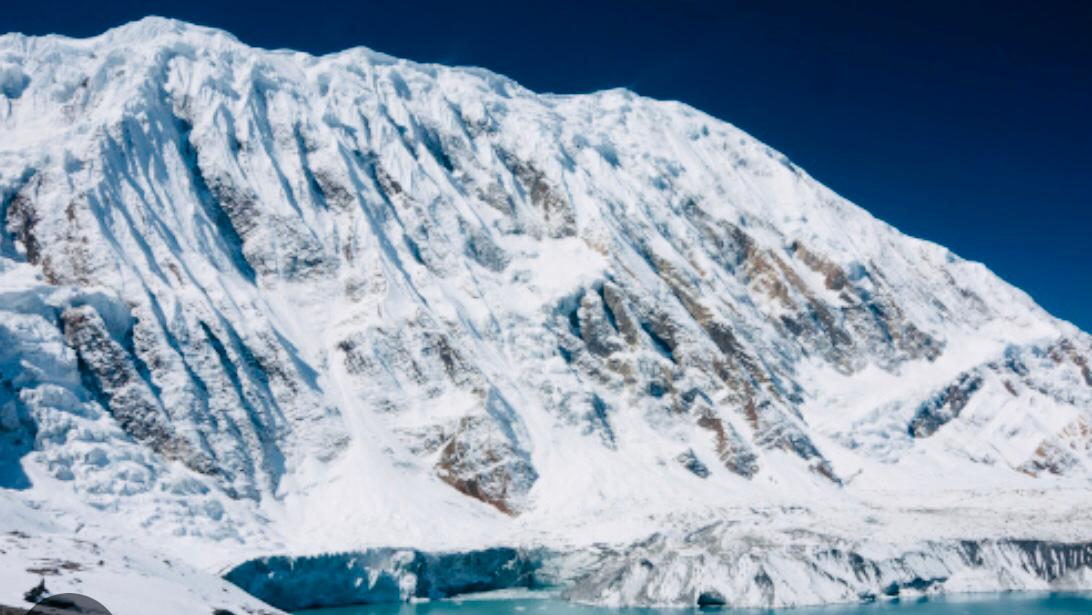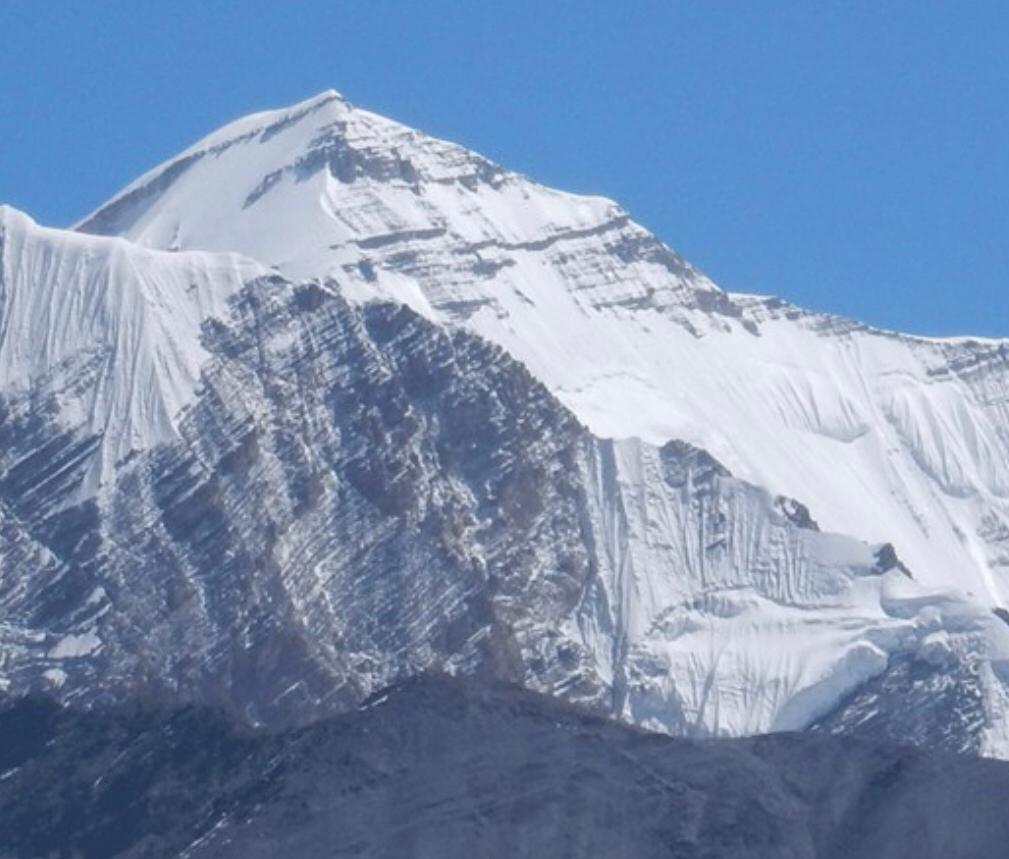Baruntse (7,152m) is one of Nepal’s most stunning and challenging peaks, situated in the heart of the Himalayas between the Everest and Makalu ranges. Known for its symmetrical summit and technical climbing challenges, the Baruntse Expedition offers climbers a perfect blend of high-altitude trekking and technical mountaineering. The ascent involves navigating crevasses, ice cliffs, and steep snow slopes, making it a rewarding experience for experienced mountaineers. The Baruntse Climb is particularly popular during the Baruntse Autumn 2025 season, when weather conditions are most favorable.
This 34-day journey begins with a scenic flight to Lukla, followed by trekking through the remote Hinku Valley and crossing high-altitude passes. The Baruntse Trekking Route includes acclimatization days and a strategic climbing schedule to ensure a safe and successful ascent. Climbers will also summit Mera Peak (6,470m) as part of the acclimatization process. The return route includes crossing the technical Amphu Laptsa Pass (5,845m) before descending into the Khumbu region and concluding in Lukla.
The Baruntse Base Camp and Baruntse High Camp serve as critical staging points for the Baruntse Summit Push, where climbers prepare for the final ascent. The climb involves traversing the Baruntse Glacier and navigating the Baruntse Icefall, requiring the use of Baruntse Fixed Ropes and specialized Baruntse Climbing Gear. Expert Baruntse Climbing Guides and Baruntse Sherpa Support teams provide logistical and technical assistance, ensuring safety and efficiency throughout the expedition. Baruntse Oxygen Supply is available for climbers during the high-altitude sections of the climb.
The Baruntse Mountaineering experience is not only about the climb but also about immersing oneself in Nepal’s rich mountain culture. The Baruntse Himalaya offers breathtaking views of Everest, Makalu, and Lhotse, making it a bucket-list destination for adventure enthusiasts. The Baruntse Climbing Difficulty is rated as high, requiring prior mountaineering experience and proper preparation.
The Baruntse Expedition Cost varies depending on the level of support and services provided, but it typically includes the Baruntse Climbing Permit, logistics, and expert guidance. The Baruntse Climbing Season is best during spring and autumn, when Baruntse Weather Conditions are most stable. Whether you're aiming for the Baruntse Ascent or simply exploring the Baruntse Trekking Route, this expedition promises an unforgettable adventure in the heart of the Himalayas.
Trip Notes
Best Season for Climbing
-
Autumn (September-November): Stable weather, clear skies, and moderate temperatures.
-
Spring (April-May): Warmer temperatures, ideal conditions for climbing and trekking.
Experience Required
-
Prior experience in high-altitude trekking and mountaineering is necessary.
-
Familiarity with ice climbing, rope techniques, and glacier travel is beneficial.
Accommodation
-
Lodges & Tea Houses: Available in lower altitude regions.
-
Tented Camps: Used at higher altitudes and during the climbing period.
Permits Required
-
Sagarmatha National Park Entry Permit
-
Makalu-Barun National Park Entry Permit
-
Climbing Permit for Baruntse (issued by the Nepal Mountaineering Association)
Safety & Acclimatization
-
The itinerary includes multiple rest days to aid acclimatization and minimize altitude sickness risk.
-
Experienced Sherpa guides will provide support during technical sections and summit attempts.
Physical Fitness
-
Climbers should have excellent cardiovascular endurance and muscular strength.
-
Training should include long hikes, altitude exposure, and technical climbing practice.
Cultural Highlights
-
Experience the vibrant Sherpa culture in the Khumbu region.
-
Visit historic monasteries such as Tengboche and Chhukung.
-
Enjoy breathtaking Himalayan landscapes, including Everest, Makalu, and Lhotse.
This Baruntse Expedition promises a thrilling and rewarding mountaineering experience, blending adventure, cultural immersion, and technical climbing challenges.
